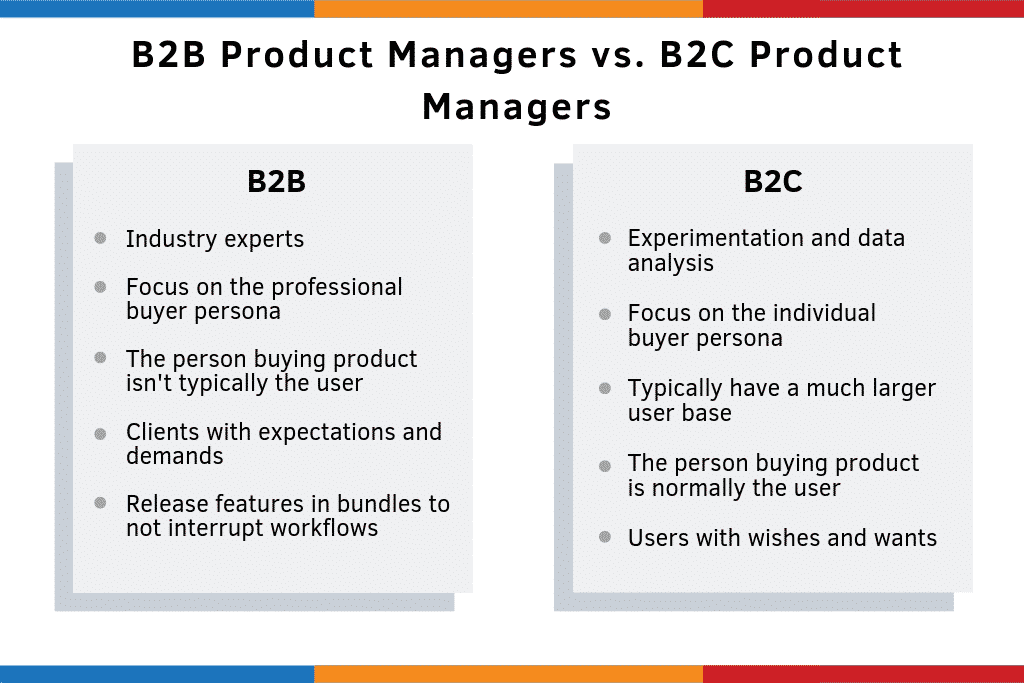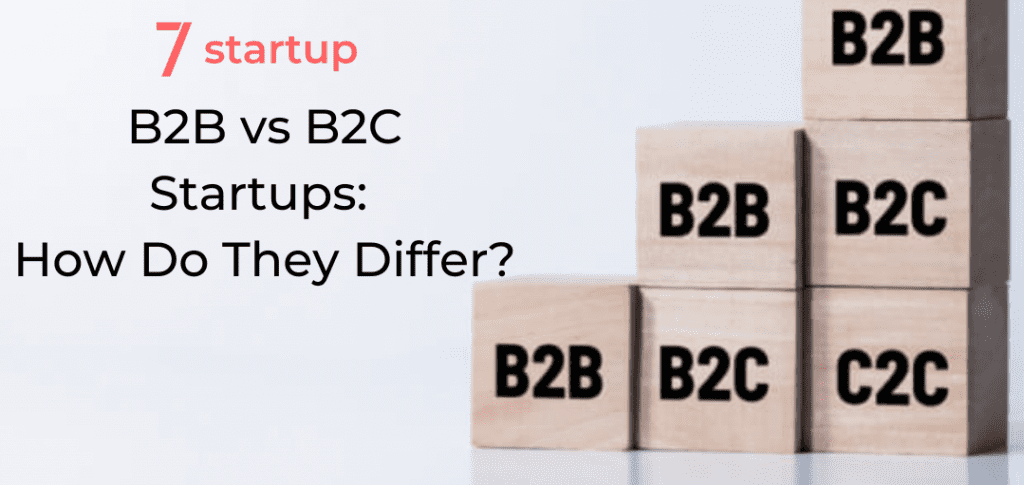When starting a new business, it is critical to understand the business model. How will customers reward you for the value your product delivers? This consideration affects every choice you make, including how you develop features, and craft your sales and marketing strategies.
When comparing business-to-business (B2B) and business-to-consumer (B2C) models, significant differences emerge conceptually. B2B focuses on creating products and services tailored for sale to other businesses. Salesforce, for example, is a CRM (customer-relationship management) tool that assists teams in tracking communication and the relationship journey with their customers — among other things.
Businesses that create products and services for consumers — you, your friends, your family, and others — are considered B2C. Robinhood, for example, is a digital brokerage and trading platform that allows traders to purchase securities such as stocks and ETFs. It is best known as a consumer company, but it also has B2B components. The majority of its revenue comes from payment for order flow.
There are three significant differences between B2C and B2B startups:
- ROI
- Client Relationship; and
- Decision-Making Processes.
Unawareness of these distinctions is a major reason why many B2B startups fail to find a home in the enterprise (or even with small businesses).
ROI in B2B vs B2C
Businesses buy technology for three main reasons. To:
- Increase your revenue
- Reduce expenses
- Boost customer satisfaction
A B2B transaction is, by definition, an investment in future profitability, cost reduction, time savings, productivity, sales, or customer satisfaction. Businesses, unlike consumers, never buy technology for the sake of appearance, entertainment, or user experience. The purchase of new technology is always accompanied by ROI expectations.
The new accounting software must be fast and dependable, the new marketing automation solution must have an impact on the bottom line, and the new support platform must assist in better serving customers. ROI estimation is a critical component of any type of B2B sale. ROI is the native language of decision makers and one of the primary methods for comparing and evaluating products.
Client Relationships in B2B vs B2C
B2B markets are typically much smaller than B2C markets. Burning leads in B2C may not be a big deal if the market has millions of potential customers, but in B2B, burning leads quickly becomes a big deal.
To be successful in B2B, entrepreneurs must cultivate close relationships with a small number of businesses. Relationship-building abilities are essential for securing long-term contracts and growing existing relationships. This is one of the reasons why B2B companies are frequently service-oriented and follow a different business model.
Trust and stability are critical components. Clients must be convinced that your company will be around for the next two to five years in order to sign long-term maintenance, consulting, or upgrade contracts. It’s one of their first priorities.
Your company’s product cannot be changed overnight. For fear of alienating prospects, transition must be planned. You’ll most likely validate your product with the same customers with whom you’ll later do business. You can’t simply disappear if a product fails.
In B2B, the relationship leading up to and following a sale is far more important. Starting as a consulting firm is a strategy that every B2B entrepreneur should think about.
Decision-Making Processes in B2B vs B2C
Customers in B2C consult family, friends, and their social network for large purchases, but it rarely gets more complicated than that. For a large-ticket B2B purchase, obtaining approval from four to six stakeholders is common, and the end user may not even be involved in the decision.
In B2B, winning over a group of buyers is frequently required for validation. Authors Robert Miller and Stephen Heiman discuss four types of buyers: economic buyers , end-users, technical buyers, and the coach. These different types of buyers frequently have very different – and sometimes contradictory – motivations and worldviews.
It is critical to create positioning and support collaterals that appeal to the target organisation’s various stakeholders, from the CEO to the budget operator. Although there are other distinctions between B2C and B2B startups – funding, services, money, etc. – the three major distinctions that B2B entrepreneurs must be aware of are as follows.

Why Aren’t there more enterprise or B2B Startups?
Entrepreneurship is a huge opportunity. However, for many entrepreneurs, business is frightening. It appears to be a jumble of departments, business units, projects, functional groups, intradepartmental policies, corporate rules, politics, and many other things that startup founders are unlikely to be familiar with.
Many entrepreneurs find the complexity to be off-putting. They choose to start in B2C due to personal interests or because it feels easier to scratch their own itch and build a product for themselves rather than build a solution for an enterprise customer. Different types of entrepreneurs are drawn to B2B opportunities than to consumer opportunities.
B2B Specific Challenges
Unless the founders have prior experience working in the enterprise, starting a business will force them to step outside of their comfort zone in order to face the following challenges:
- Creating a Valuable Professional Network: If your early adopter network doesn’t connect you to the enterprise market, you will need to make some changes. Connections are the most effective way to get your foot in the door.
- Estimating ROI: Cost justification is an important aspect of B2B selling. You need a ROI to make a sale, but you can’t calculate one if you don’t have any clients. You’ll have to tread carefully.
- Full Product Comprehension: In business, the product must meet much higher standards. You must meet numerous requirements in order to be considered a legitimate vendor. To sell, you must first understand the bare minimum of features.
- Managing Enterprise Risk: Understanding the customer’s risk perception is an important part of selling to the enterprise (migration, change, costs, etc.). If you’ve never worked in an enterprise, you won’t understand the complexities involved in purchasing new technology.
- Understanding the Industry Context: To target the enterprise, you must have domain expertise. It will be difficult if you do not understand how businesses operate, what matters to them, what they fear, how they perceive themselves, or what their yearly schedule looks like.
These difficulties can overwhelm even the most seasoned business owners. It is critical for founders to be humble about their knowledge and lack thereof. Targeting the enterprise will be difficult, but it does not have to be frightening. To succeed, you must be willing to step outside of your comfort zone.
You May Also Enjoy – How to Extend Your Runway

Amit Khanna, 7startup Founder
Amit is an investor and advisor with two decades of experience and an MBA. He supports entrepreneurs with fundraising & go-to-market expansion in Saudi Arabia. His strategy is built on two pillars: deep investment acumen and a vast operational network. Reach out to us today and see if we’re a fit!




